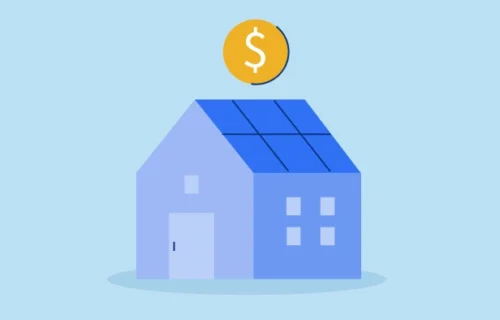
Connect with a Lima One expert today!
If you’d like to know more about this topic or see how it applies to your project, let’s talk.
5 Keys to Leverage
5 Keys to Leverage Decisions for Your SFR Portfolio
The concept of leverage is vital for real estate investors who want to grow their portfolios. They know that the best way to grow their business and their profits is by using the equity they’ve created to purchase more properties.
But how do you know when to push the accelerator and use your leverage to buy more properties? And how do you know when discretion is the better part of valor?
These five factors will help you determine when to seek leverage for your multifamily or SFR portfolio.
Seasoning Requirements, Prepayment Penalties, and ARMs
Knowing how loans are structured can help you streamline your decisions when it comes to leverage. Three categories are quite important: seasoning, pre-payment, and ARMs.
Seasoning is the amount of time you are required to hold a property before you can get a cash-out refinance loan. This requirement varies from lender to lender. At Lima One Capital, seasoning doesn’t influence whether you can execute a Rental30 or Rental30 Premier loan, but it may affect the rates or LTC ratios allowed. Other lenders won’t consider a loan without a certain amount of seasoning (12 or 24 months is common). Knowing what seasoning requirements are, and when they might change, can help you pick an ideal time to create leverage.
Prepayment penalties are common in residential property loans. Make sure you understand when these penalties apply and when they change. Some of Lima One Capital’s long-term loans include a prepayment penalty that steps down over the first five years of the loan.
One of the things we’ve seen from competitors recently is a hidden prepayment fee described in loan documents as yield maintenance. When you get a term sheet, make sure to look out for yield maintenance and understand what it means in terms of your flexibility to create leverage during the life of your loan.
ARMs (adjustable rate mortgages) are loans that have a fixed interest rate for a certain amount of time and then adjust to market rates. Given how low interest rates are in 2019, this is a risk factor that you should consider. Knowing when your ARMs adjust gives you another data point that helps you make a good decision on leverage.
Tax Requirements
Loan terms aren’t the only financial consideration that needs to be on your spreadsheet when you’re considering a leverage transaction. There may be tax implications for selling certain properties or holding them. (Opportunity zones provide just one example of properties with tax considerations.) Make sure you and your tax professional are on the same page about your plans, so that you get the best advice about how to consider taxes in your transaction profit and loss calculation.
Property Management Bandwidth
When you create leverage, you also create more work, and so you need to make sure that your team can manage more doors. Before you create leverage, make sure that your property management process is buttoned up, either with your own processes or with a trustworthy property management company.
The same is true of contractors who may do repairs or rehab on properties you buy, title and closing vendors, and more. Make an honest assessment of how many properties you and your team can handle before you press fast-forward on leverage creation.
Growth Strategy and Risk Appetite
The first three points we’ve brought up are fundamentals every professional real estate investor can measure. This one is far more personal. When you consider leverage, you need to understand how important it is for you to grow your portfolio, as well as how important it is to avoid risk.
Are you trying to generate as much revenue as possible? Or do you want to grow to a point where you have a dependable source of rental income that’s relatively hassle-free? What other lifestyle factors impact your SFR portfolio approach?
The great thing about real estate investing is that you work for yourself. Make sure to make your portfolio work for you, instead of the other way around, by aligning your leverage decision with what you want your overall life to look like.
Deal Opportunity
All these factors are vital to understand before you find a great deal that will require leverage. When you understand your current loans and cash-out refinance loan options, know what tax implications portfolio growth will have, and understand how large your portfolio can and should grow, you will know whether you’re prepared to take on the next great deal.
That way, when you find that deal, you’ll know whether it provides a chance for leverage, or if it is a deal that you should sell off other properties to acquire.
In other words, you’ll be making leverage work for you, and growing your single-family rental or multifamily portfolio to help you achieve your REI and overall lifestyle goals.
Subscribe for More Insights
Get the latest industry news & Lima One updates.









